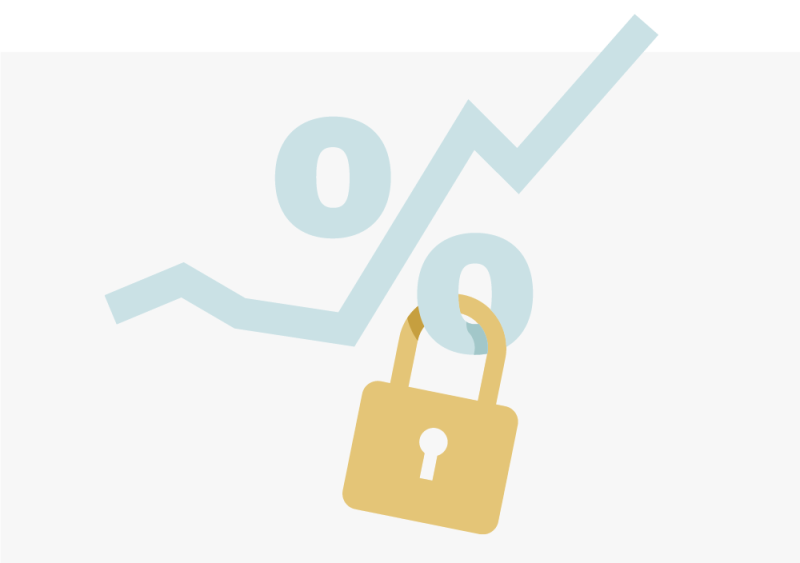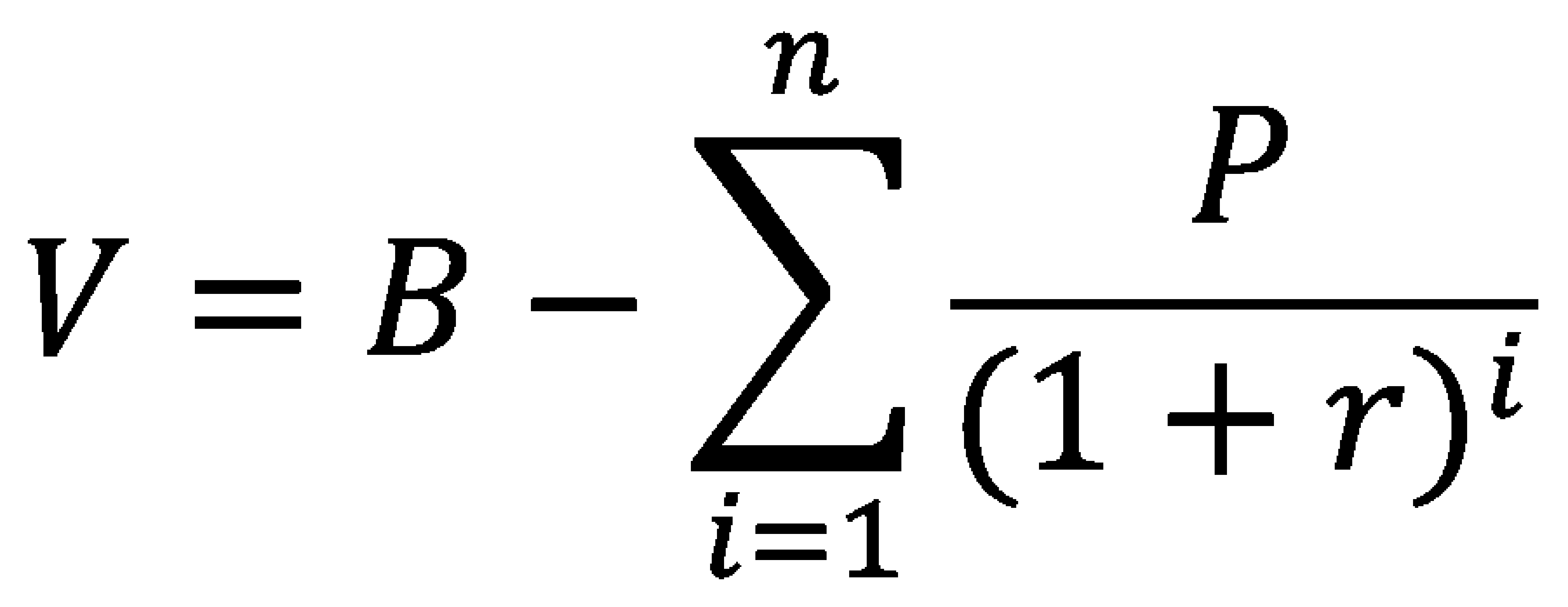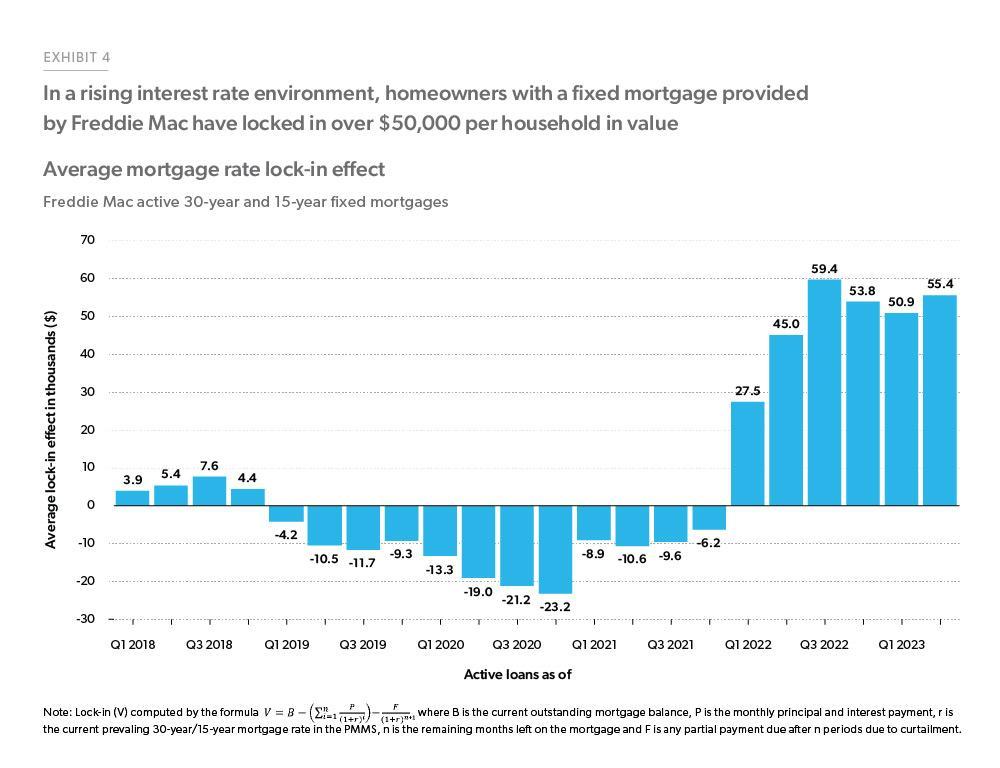Mortgage Rate Lock-In and the Housing Market
The recent rapid increase in mortgage rates from historical lows to 20-year highs has created a scenario that we have not seen in more than 40 years.
Because so many households have a fixed-rate mortgage, which exists in part because of financing from Freddie Mac and Fannie Mae, they were able to refinance into low interest rates in recent years. This contrasts with variable-rate mortgages, which have increased significantly as a result of rising mortgage rates. Nearly 6 out of 10 borrowers now have a mortgage rate at or below 4%.
Given current market rates, many of those homeowners have locked in payment savings, but they also may have locked themselves into a forever home. Throughout this spotlight we use the term “mortgage rate lock-in effect” to refer to the ownership of a mortgage on favorable terms compared to current market interest rates.

Nearly 6 out of 10 borrowers now have a mortgage rate at or below 4%. While those homeowners have locked in payment savings, they also may have locked themselves into a forever home.
The mortgage rate lock-in effect is a benefit to homeowners with fixed-rate mortgages. To illustrate the benefit of the mortgage rate lock-in effect, suppose a lucky homeowner has refinanced their mortgage of $250,000 at 2.65% in January of 2021. Their current monthly principal and interest payment would be $1,007 and after 29 months of payment their current outstanding balance would be $236,379. If the borrower obtained a new 30-year mortgage of $236,379 at the prevailing market interest rate of 6.81%, their monthly payment would increase to over $1,500 a month.
Following Quigley1, we compute the net present value of the mortgage rate lock-in effect by taking the difference between the outstanding balance of the mortgage and the present value of the mortgage at prevailing market interest rates.2 The value of mortgage rate lock-in is $86,136 in our example.3
Except for certain limited cases, the mortgage is not portable or assumable. In today’s market, most mortgages have due-on-sale clauses, requiring the borrower to terminate the mortgage when they sell the property. To enjoy the benefit of the value of their low mortgage rate, the borrower must continue to live there, maintain it as second home, let it sit vacant or rent it out. In our example, the homeowner is only going to be willing to sell their current home, and thus give up their low mortgage rate, if the net benefit of a move is worth at least $86,136. For some households who are pursuing a new job opportunity or moving to be closer to family the move could be worth it, but others may opt to stay put.
The national average mortgage rate lock-in effect for 30-year and 15-year fixed rate loans is $55,000.
For each 30-year and 15-year fixed rate loan in Freddie Mac’s portfolio active as of June 2023, we computed the value of the mortgage rate lock-in effect.4 Per these calculations, the national average mortgage rate lock-in effect is $55,000 per household but because of differences in average loan sizes and the timing of originations and the history of refinance activity, the average value varies considerably across the country and by year of origination. Across geographies the average mortgage rate lock-in effect varies from a high of $91,000 in Hawaii to a low of $32,000 in West Virginia. Considering year of origination, the highest average values are for loans originated in 2020 and 2021 with average mortgage rate lock-in effect of $77,000 and $85,000, respectively. But, as rates continue to increase, even mortgages originated in 2023 have an average mortgage rate lock-in effect of $10,000.
To get a sense of how significant the mortgage rate lock-in effect is for the U.S. economy, we can sum the mortgage rate lock-in effect over the Freddie Mac portfolio. Considering only 30-year and 15-year fixed-rate mortgages financed by Freddie Mac, the aggregate mortgage rate lock-in effect for borrowers in Freddie Mac’s portfolio is substantial. We estimate that, considering the company’s single-family mortgage portfolio, homeowners with fixed-rate mortgages financed by Freddie Mac have locked in savings of a collective $700 billion dollars in total value. This is equal to about 25% of the outstanding unpaid principal balances in Freddie Mac’s single-family mortgage portfolio.
Our aggregate estimate of 25% of outstanding mortgage balances is significant and shows that many have truly benefitted from their fixed-rate mortgage when rates hit record lows. For comparison, Quigley calculated the average mortgage rate lock-in effect equal to $1,800 in 1981 for households with mortgages, which represented about 5% of outstanding mortgage balances versus about 25% today.5 In Exhibit 4 we show a time series of quarterly average mortgage rate lock-in effect in the Freddie Mac portfolio since 2018. From March 2019 through December 2021, the average lock-in effect was negative, meaning that the average borrower had significant incentive to refinance. But since March 2022, the average lock-in effect has surged, reaching over $50,000 in each of the past four quarters.
The mortgage rate lock-in effect is already having a significant impact on the U.S. economy and will likely continue to do so for years to come. One of the major challenges to the current U.S. housing market is a lack of available-for-sale inventory. The lock-in effect is yet another layer contributing to the dearth of available inventory. How much so is an active area of research.
Footnotes
- Quigley, J.M., 1987. Interest rate variations, mortgage prepayments and household mobility. The Review of Economics and Statistics, pp.636-643.
The net present value of the mortgage rate lock-in effect is denoted by V and computed by using the value of the current mortgage balance (B) and the present discounted value of the payments (P) using prevailing market interest rates (r) discounted over the remaining (n) periods of the loan:

- In our example, the borrower’s current balance B is $236,379, but the present value of the monthly payments (P=$1,007) discounted for the remaining (n=331) months at 0.005675 (r=6.81/1200) equals $150,243. Thus, the value V is $86,136 ($236,379-$150,243) which represents the value the borrower gets by having locked in a low mortgage interest rate.
Due to curtailment, or early payment of principal, our formula is slightly more complicated than the one presented above. To adjust for cases of curtailment we use the modified formula:

- Per the 1981 American Housing Survey (https://www2.census.gov/prod2/ahsscan/h150-81a.pdfpdf(page 10 Table A-2) there were about 27 million households with a mortgage in the U.S. Multiplying $1,800 by 27 million gives us a little less than $50 billion in aggregate mortgage rate lock-in effect in 1981. Per the Financial Accounts of the United States, the total mortgage debt outstanding on 1-4 family housing was $1 trillion in 1981. $50 billion / $1,000 billion = 5%.
Prepared by the Economic & Housing Research group.
Sam Khater, Chief Economist
Len Kiefer, Deputy Chief Economist
Ajita Atreya, Macro & Housing Economics Manager
Rama Yanamandra, Macro & Housing Economics Manager
Penka Trentcheva, Macro & Housing Economics Senior
Genaro Villa, Macro & Housing Economics Professional
